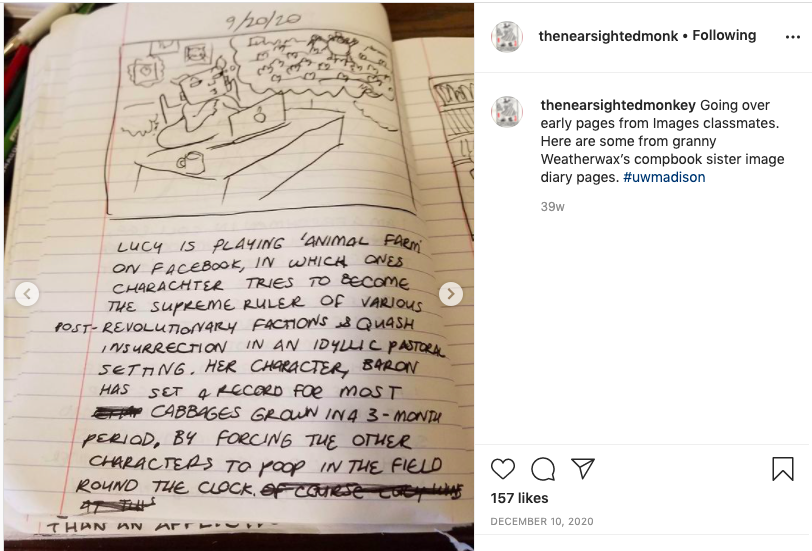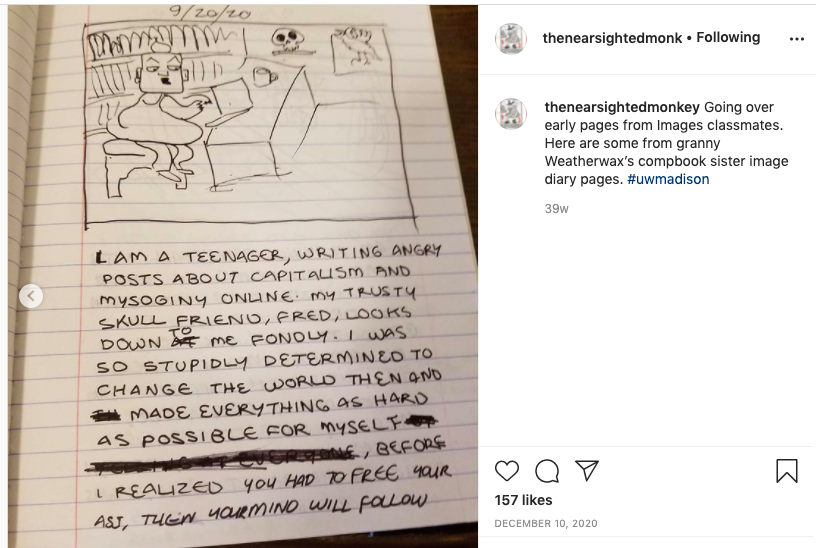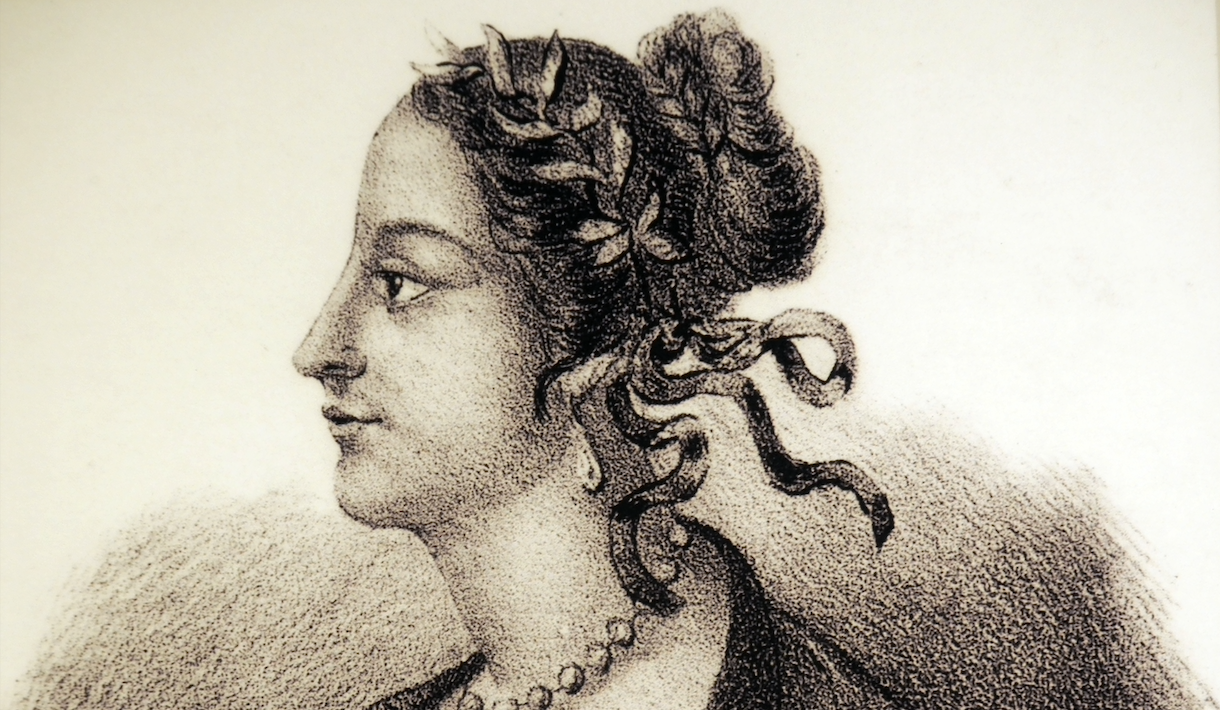We’ve all used words just about as long as we’ve been alive. This obvious truth, alas, has led too many of us into the delusion that we’re good with words: that we’re good speakers and, even more commonly and less justifiably, that we’re good writers. Yet anyone who’s seen or heard much of how words are used in the realms of business and academia — to say nothing of personal correspondence — does understand, on some level, the true rarity of these skills. Now, those of us who recognize the need to shore up our own skills can do so through Good with Words, a specialization in writing and editing now offered by the University of Michigan through online education platform Coursera.
Good with Words comprises individual courses on word choice and word order, structure and organization, drafting, and revising. Here to teach them is Michigan Law School Clinical Assistant Professor of Law Patrick Barry, of whose lecturing style you can get a taste in this Youtube playlist collecting clips of a writing workshop held for Michigan Law students in 2014.
In the clip above, he takes on the common problem of verbal clutter, working from the definition originally laid out by On Writing Well author William Zinsser (whose ten writing tips we previously featured here on Open Culture). In other brief views, Barry touches on everything from the power of description and sentence flow to facts versus truths and zombie nouns.
In one workshop clip, Barry reminds his students that, in order to write good sentences, they must read good sentences. This point bears repeating, and indeed Barry repeats it in his Coursera course, the relevant excerpt of which you can view here. “A young writer must read,” he quotes Colum McCann declaring in the book Letters to a Young Writer. “She must read and read and read. Adventurously. Promiscuously. Unfailingly.” But taking a course as well couldn’t hurt, especially when, as with Good with Words, it can be audited for free. (Coursera also offers a paid option for students who would like to receive a certificate upon completing the specialization.) Barry offers plenty of example sentences, good and less so, but the true writers among us will never stop looking for their own, even after Good with Words’ suggested four-month duration is over.
Related Content:
Free Online Writing & Journalism Courses
10 Writing Tips from Legendary Writing Teacher William Zinsser
Martin Amis Explains His Method for Writing Great Sentences
Jane Austen Used Pins to Edit Her Manuscripts: Before the Word Processor & White-Out
Based in Seoul, Colin Marshall writes and broadcasts on cities, language, and culture. His projects include the Substack newsletter Books on Cities, the book The Stateless City: a Walk through 21st-Century Los Angeles and the video series The City in Cinema. Follow him on Twitter at @colinmarshall or on Facebook.








